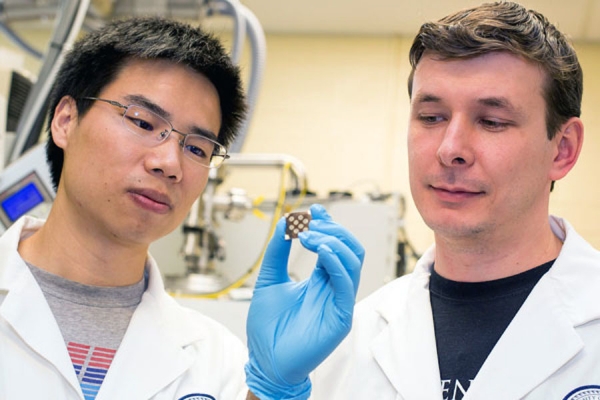Analysts have quite recently uncovered the most recent headway in sun powered innovation, recognizing another and modest strong state sort of light-delicate nanoparticle.
This new manifestation of nanoparticle, called colloidal quantum spots, could possibly prompt less costly and more adaptable sun powered cells, contrasted with what is as of now seen, as indicated by a study as of late distributed in Nature Materials.
As per the study, this is unquestionably not the first endeavor to enhance existing sun based cells utilizing light-touchy nanoparticle dabs. Be that as it may, this innovation is subject to n-sort and p-sort semiconductors. Past outlines demonstrated productive yet couldn’t be brought outside. This was on the grounds that engineers immediately found that electron-rich n-sort materials had a tendency to tie to oxygen, throwing ceaselessly their electrons the whole time and getting to be p-sorts. With a couple of p-sort semiconductors, the exploratory sun oriented cells would lose their molecule dichotomy and subsequently their capability to capacity.
Then again, analysts from the University of Toronto (UT) have created the colloidal quantum dabs with another n-sort molecule that doesn’t tie to air, keeping up a stable pair of n- and p-sort layers that support light ingestion and considerably offer new potential to development gas sensors, infrared laser and infrared light diodes, as per an UT discharge.
Scientists saw boards utilizing new half and half n- and p-sort material demonstrate up to eight percent more productive at vitality change contrasted with the world’s heading models of sun powered cells.
Considerably additionally dazzling, the quantum spots “could be blended into inks and painted or printed onto slim, adaptable surfaces, for example, material shingles, significantly bringing down the expense and availability of sun based force for a great many individuals” as per the discharge.
On the other hand, study creator Ted Sargent cautions that it will be quite a while preceding this new engineering is idealized for consistently utilization.
“The field of colloidal quantum speck photovoltaics requires proceeded with change in outright execution, or force transformation efficiency,”sargent said. “The field has moved quick, and continues moving quick, yet we have to move in the direction of bringing execution to economically convincing levels.”
